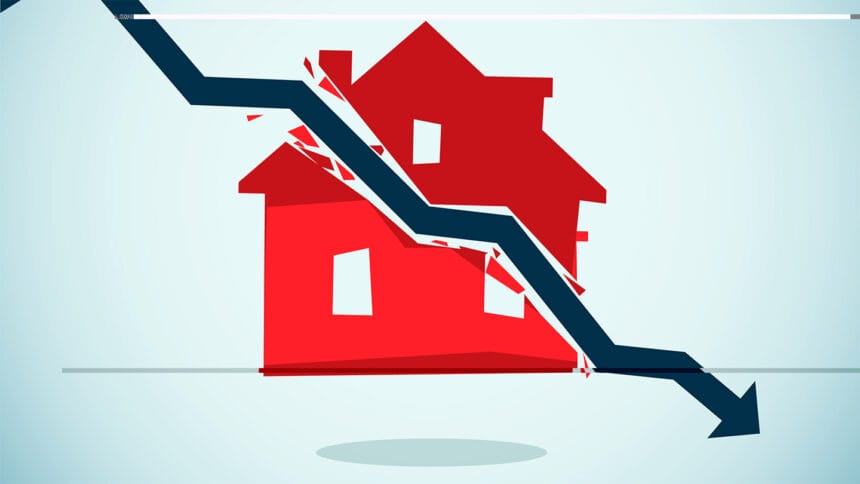
The majority of people in need of long-term care in the home are unable to afford it, according to a new Harvard Joint Center for Housing Studies report.
The study, sponsored by the National Investment Center (NIC) and released on Nov. 30, used census data to investigate seniors’ ability to keep up with the rising costs of home care. According to the data, only 14% of single person-households aged 75 years and older can afford daily home health visits. Meanwhile, alternatives like assisted living, are also largely out of reach to a majority of average-income seniors.
“The median cost of a home health aide in the U.S. is $27 an hour, and services typically must be purchased in four-hour blocks — resulting in a minimum cost of over $100 per day,” the researchers explained in the study. “Such care adds up to over $2,000 per month if the services are purchased five days a week (assuming a family or friend can help on other days) or over $3,000 per month if delivered daily.”
Middle-market barriers
Middle class seniors, in particular, face disproportionate barriers compared to people of other income levels. They often cannot afford to pay out-of-pocket for home care, the study noted, but they also do not qualify for federally funded care services like Medicaid home- and community-based services.
“The middle-market older adult cohort is severely underserved,” Lisa McCracken, head of research and analytics at NIC, wrote in a statement. “The reality is that the aging demographic will necessitate a multitude of housing and care alternatives.”
Many of these middle-income older adults also do not have the correct safety features in their homes to safely age in place, according to the study. For a house to be considered “aging-ready,” it must have a step-free entryway, a bathroom and bedroom on the entry level, and wide doors and hallways. The researchers found that only 4% of homes fit this bill.
Need for broadband
There are other tools clinicians can use to facilitate care in the home, the researchers noted, but they still require financial investment. Telehealth, home hospital programs and remote patient monitoring, which are all used to supervise patients’ care when clinicians cannot be present, still require broadband access. But 36% of older adults do not have access to high-speed internet to facilitate these alternatives, according to the study.
“With subsidies for housing and LTC services scarce, many older adults will have to forgo needed care or rely on family and friends for assistance,” Jennifer Mollinsky, project director at the Harvard Joint Center for Housing Studies, noted in a statement.



